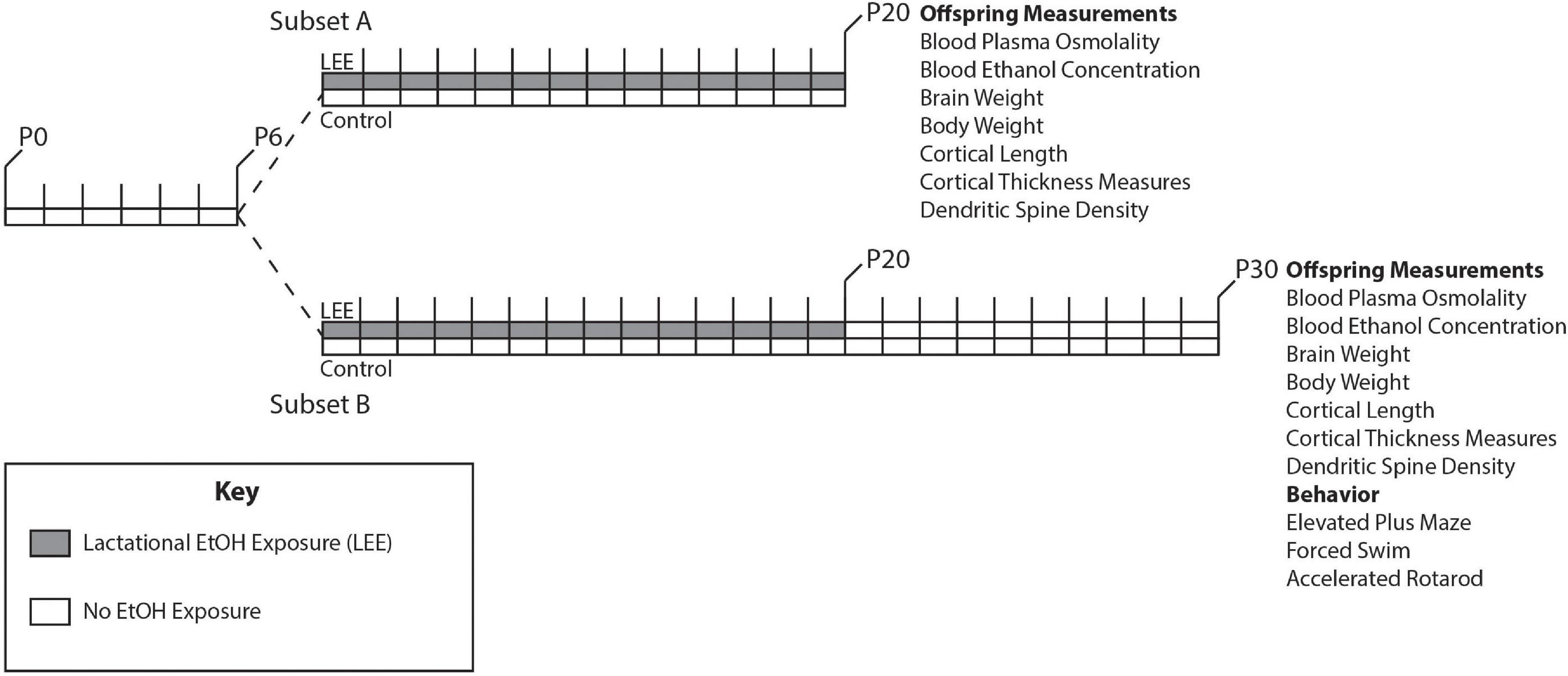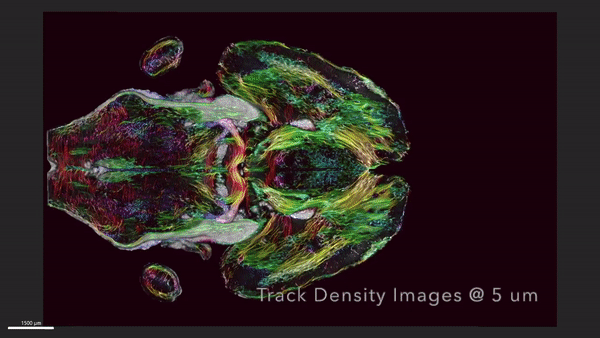2023-04-19 カリフォルニア工科大学(Caltech)
この新しいメカニズムを理解することは、脳の防御メカニズムが新興病原体によって悪用される可能性があることを示唆し、それらをブロックする方法を準備するためにも役立つかもしれない。研究は、Science Advances誌に掲載された。
<関連情報>
- https://www.caltech.edu/about/news/a-new-mechanism-for-crossing-the-bloodbrain-barrier
- https://www.science.org/doi/10.1126/sciadv.adg6618
霊長類に保存された炭酸脱水酵素IVとマウスに制限されたLY6C1が、人工ウイルスベクターによる血液脳関門通過を可能にする Primate-conserved carbonic anhydrase IV and murine-restricted LY6C1 enable blood-brain barrier crossing by engineered viral vectors
Timothy F. Shay,Erin E. Sullivan,Xiaozhe Ding,Xinhong Chen,Sripriya Ravindra Kumar,David Goertsen,David Brown,Anaya Crosby,Jost Vielmetter,Máté Borsos,Damien A. Wolfe,Annie W. Lam and Viviana Gradinaru
Science Advances Published:19 Apr 2023
DOI:https://doi.org/10.1126/sciadv.adg6618

Abstract
The blood-brain barrier (BBB) presents a major challenge for delivering large molecules to study and treat the central nervous system. This is due in part to the scarcity of targets known to mediate BBB crossing. To identify novel targets, we leverage a panel of adeno-associated viruses (AAVs) previously identified through mechanism-agnostic directed evolution for improved BBB transcytosis. Screening potential cognate receptors for enhanced BBB crossing, we identify two targets: murine-restricted LY6C1 and widely conserved carbonic anhydrase IV (CA-IV). We apply AlphaFold-based in silico methods to generate capsid-receptor binding models to predict the affinity of AAVs for these identified receptors. Demonstrating how these tools can unlock target-focused engineering strategies, we create an enhanced LY6C1-binding vector, AAV-PHP.eC, that, unlike our prior PHP.eB, also works in Ly6a-deficient mouse strains such as BALB/cJ. Combined with structural insights from computational modeling, the identification of primate-conserved CA-IV enables the design of more specific and potent human brain–penetrant chemicals and biologicals, including gene delivery vectors.


